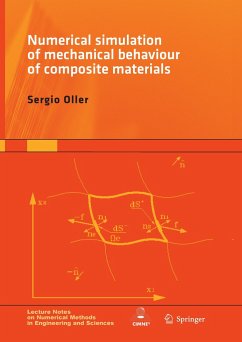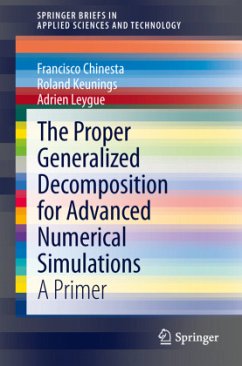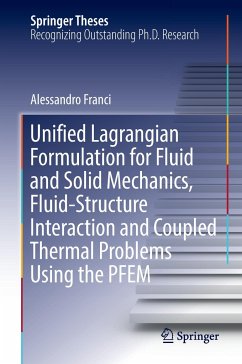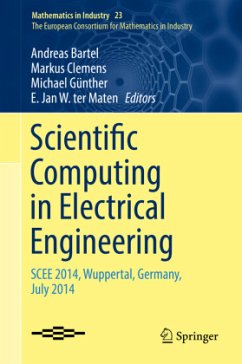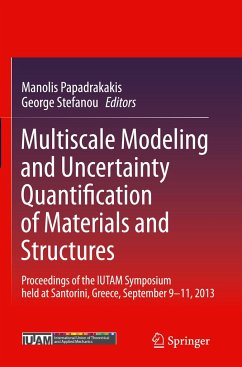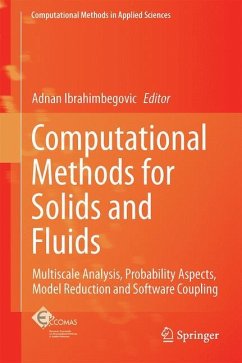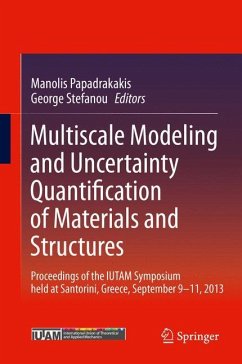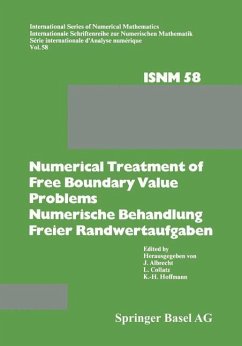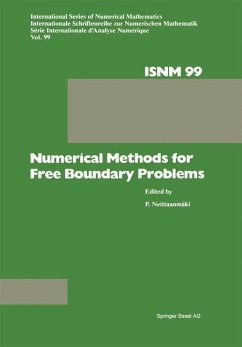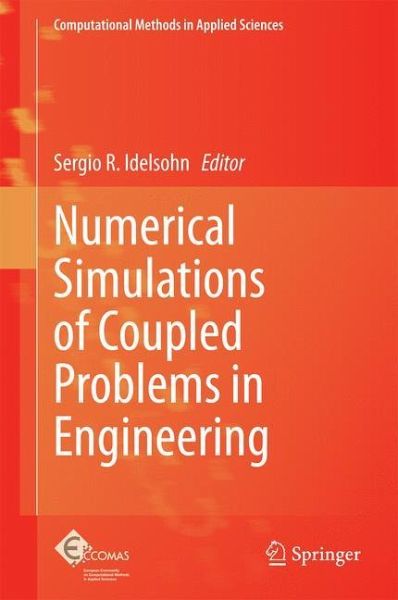
Numerical Simulations of Coupled Problems in Engineering

PAYBACK Punkte
38 °P sammeln!
This book presents and discusses mathematical models, numerical methods and computational techniques used for solving coupled problems in science and engineering. It takes a step forward in the formulation and solution of real-life problems with a multidisciplinary vision, accounting for all of the complex couplings involved in the physical description. Simulation of multifaceted physics problems is a common task in applied research and industry. Often a suitable solver is built by connecting together several single-aspect solvers into a network. In this book, research in various fields was se...
This book presents and discusses mathematical models, numerical methods and computational techniques used for solving coupled problems in science and engineering. It takes a step forward in the formulation and solution of real-life problems with a multidisciplinary vision, accounting for all of the complex couplings involved in the physical description. Simulation of multifaceted physics problems is a common task in applied research and industry. Often a suitable solver is built by connecting together several single-aspect solvers into a network. In this book, research in various fields was selected for consideration: adaptive methodology for multi-physics solvers, multi-physics phenomena and coupled-field solutions, leading to computationally intensive structural analysis. The strategies which are used to keep these problems computationally affordable are of special interest, and make this an essential book.






